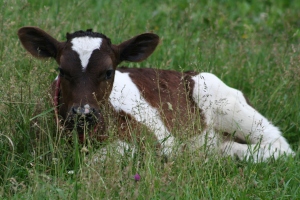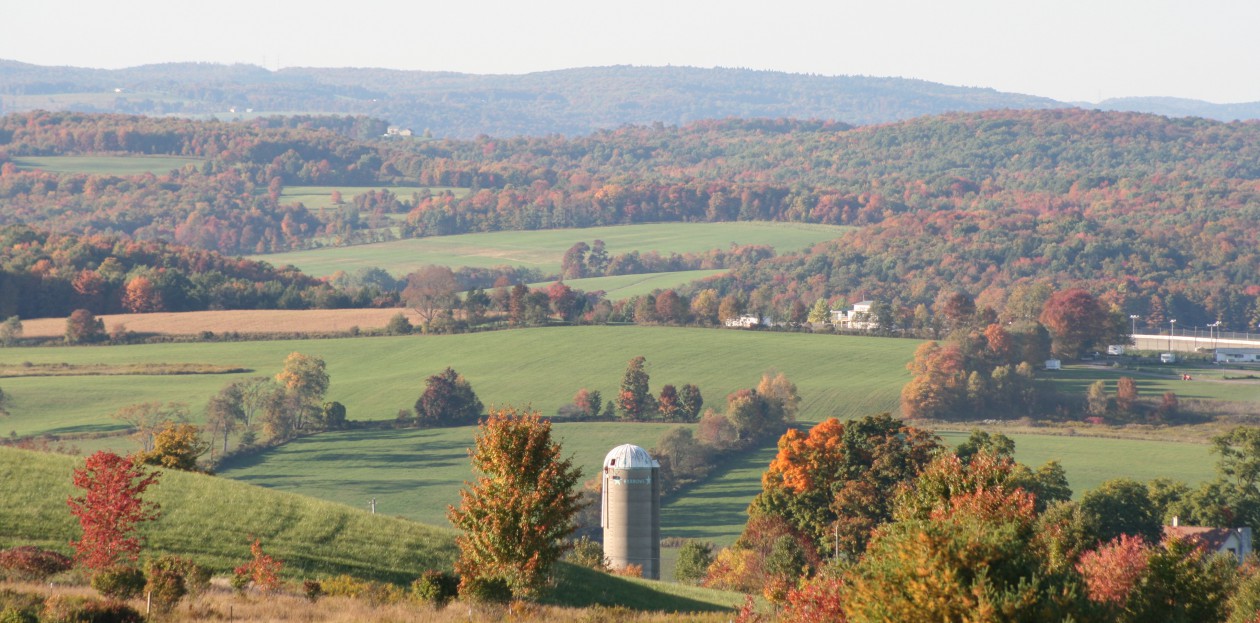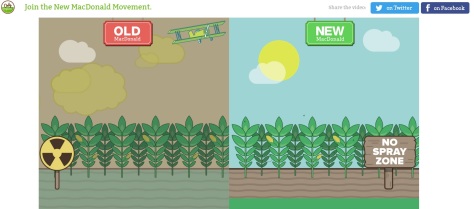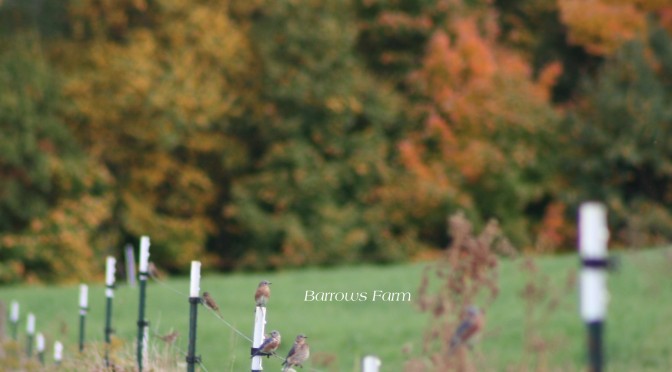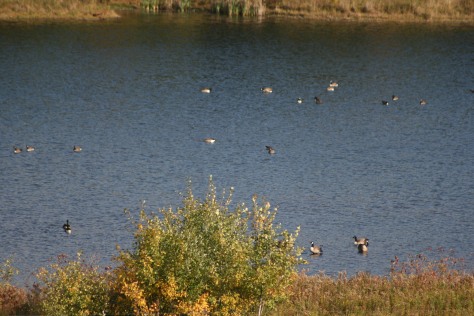As a farmer, I like to think I express a great deal of my own individuality. I’ve heard it referenced in the past (by myself, I think) that “farms are like snowflakes, no two are the same”. Each farm has different soils, different landscapes of rolling hills or flat ground, different weather (NY sure is a whole lot different than Hawaii) and each farm has a unique set of owners, operators or managers bringing in their own beliefs and perspectives.
Recently, some research has come to my awareness that has me rethinking that statement and adding much more detail. All farms, no matter where they are located are impacted by authority. Nationally, we are all impacted by the USDA, the EPA, even organizations like Farm Bureau. How does their authority impact what we do as farmers? The laws and regulations handed down from our government officials are enforced by some, others hold political clout that impact these decision making government processes. The end result is a law or regulation that dictates things like our planting schedules, our water usage and testing, slaughtering and food safety processes, emission recommendation on our trucks and tractors and even recommendations about the foods we all eat.
Regionally, we are impacted by state run organizations like NY Ag and Markets that set standards, recommendations and laws on things like milk pooling for dairy products, testing and even additional standards on exactly what can be sold without a license and what cannot. We also have the Department of Environmental Conservation that watches us to see how much manure we spread, when we spread it, and they monitor for things like soil erosion and runoff issues.
It doesn’t matter what state, region or locale you are from as a farmer. We have federal laws, state laws, intrastate laws, county laws, and local town laws. Talk about being overloaded with authority. We may say that we are doing things the way WE want to do them based off from a decision making process on the land WE own or operate… but are we? How much of an impact about what we do is derived from one or more of these laws, rules, recommendations or regulations? Coming from NY, the second least friendly state for agriculture, I will flat tell you that authority dictates a lot of what we do. From filing documents on manure application, to agriculture exemption forms for taxes, to how we can slaughter an animal and even what types of fuels we can run in our equipment, we plan according to authority.
Sure, we make small decisions on stuff like what kind of operation to run, whether it be confined or pastured for example. Still, there are many outside influences that factor in. Farmers like Joel Salatin have been pushing to buck that trend for years. He also takes a lot of flak from other farmers too about what he’s doing.
The rest of us are doing the best we can, without bucking the system (always issues somewhere by the way). That means we are conforming to authority, whether we agree with it or not.
As we have progressed through the years and have become a society of conformist to laws handed down to us under the guises of sustainability, environmental soundness, or food safety, have we traded off our own values and beliefs to not end up being punished? I’ve read countless articles about the sales of raw milk that have landed sellers in court, broke and some have been threatened with jail time. 75 years ago, this wouldn’t have happened. Times have changed, without a doubt, but at what cost?
Growing up on a small dairy in Upstate NY, we didn’t have these high overhead expenses from these laws and regulations of today. My grandfather used belly milkers on his dairy herd and stored milk in milk cans until the milk truck came, which wasn’t a tractor trailer either. Today’s milking happens with pipelines and goes into rooms filled with giant shiny equipment that sparkles in the sunshine. The glistening effect has come at a cost though. Dairy farmers conformed to laws or went out of business. These milk house rooms that have more stainless than professional chefs see in a lifetime cost a chunk of income to build, equip and maintain. Not only did many conform, they went bankrupt doing it or they ended up adding to the herd to get more milk to cover the new bill each month. Why would they just conform? They conformed because authority told them they had to, all in the name of food safety. They either conformed or they would not get milk pickups which meant no income. What do you think you would do at the prospect of losing any prospect of income? Would you conform or rebel against the new laws?
Dairy farmers across the country were impacted by this change. I can almost visualize the conversation around the dining room table. My grandpa with his weathered skin, hat next to him on the table, scooping his food around his plate with his head hung down. My grandmother sitting by the fire, sewing up patches in the boy’s pants because they couldn’t afford to keep buying new ones, watching everyone eat the meal she made from the goods she pulled from the garden that morning and the meat from the cellar that had been smoked last fall. Everyone is tired from a long day of work, the heat from the wood fired cook stove keeping it hot inside. Grandpa says, “Boys, we won’t be getting new tractor this year. We gotta buy a new fancy thing called a bulk tank and a bunch of fancy pipe to meet this new law so we can still get paid for farming.” The oldest probably rebelled and ensued in a heated discussion about what a bunch of bull it was to change the system. One probably spoke up and commented that its progress and it’s not healthy or sanitary to milk this way anymore. I’m sure an argument ensued. It probably went on for weeks, if not months.
Slowly, the time came to when a bulk tank would have to be put in. Unfortunately, the decision was never really made. My grandparent’s house burnt that winter. They barely had enough money to pay for what few groceries my grandmother bought, let alone homeowners insurance. Not a week later, all the cows were sold and my grandparents retired. My grandpa knew that he had to conform or sell, that was the option he was given. It’s hard to believe that this all happened early in 1982.
In the mid 1980’s, along came some new issues for dairy farmers. Milk prices plummeted and the government offered to buy farms out to help offset the over saturation of milk in the pool. Farmers were given good prices to sell their cows for slaughter or continue struggling. I don’t know the specific numbers or percentages but I can tell you that I know of two small farms that sold out, took the money and ran. What do you think you would have done? Would you have risked your family heritage or sold off cows for a profit?
Also during this same time, the USDA started recommending to farmers that they could increase milk production if they confined the animals and started feeding in the barns. The reasoning also included a reduction in herd health issues, broken legs and the list goes on. Many dairy farmers followed along like sheep in a pasture being herded with a dog. I think many did because they had just been forced to build these fancy new milk houses and a penny saved is a penny earned. In retrospect, I almost wonder how many farmers transitioned because of the fear of another new law coming down the road that could cost them a lot of money if they waited.
More farms start shutting their doors, going bankrupt and more laws just kept coming down the pipeline. The farms that have stayed have conformed to all these new laws and regulations. Today, the general heading of farm has been gathered into this rather large group of a one size fits all mentality, even while the individual farmer struggles to find their own identity.
As a result, some of the people that have fought back against the grains of laws and regulations have also been taken over by government organizations. These farmers are now deemed as Organic Farmers. The farmers that have conformed have all been lumped into the nutshell of Conventional Farmers. In today’s society, something has happened nationally that I don’t think was anticipated by any farmer, group or organization…the deindividuation of the American farmer.
Today, less than 2% of the population is a farmer. The majority of people today don’t have any idea the plight of the farmer in the minority. Deindividuation when defined in a psychology term occurs when “individuals are not seen or paid attention to as individuals… [and there is] a reduction of inner restraints against doing various things.” The negative extremes of deindividuation are lynching, gang rapes, and riots, stealing and cheating.
The negatives I’ve witnessed, read about and later saw video, for farmers is astonishing. Social media provides an outlet for the bias against farmers, not matter how good of a job they do. Organizations like PETA and HSUS, to name the two major ones, post videos about the horrific treatment of animals using the scare tactics and emotional based content, to turn average citizens against farmers. The long term impacts have been devastating to farmers, as a whole not just as individuals. These tactics create modern day lynching on social media sites. Farmers are demonized for using animals (often referred to as machines) for milking. We’ve been told that we rape our cows, that we all abuse them like the videos portrayed. These sensational videos get hundreds of thousands, if not millions of views but farmer’s videos rarely hit the 10,000 views mark. Social media provides anonymity unparalleled to any venue seen in the past.
As the size of the social networks increase, the more vicious the attacks on farmers and some have gone to the extent of criminal arson of cattle haulers. As the size of the groups continue to grow, the stronger the urge to do non-normal behavior increases and the greater the diffused responsibility. This effect is rather overwhelming for a small portion of the populace. The minority perspectives do still have an impact on these judgments roughly 8% of the time; according to research experiments concerning the impacts of minorities on a group of majority. Yet, 25-35% of the people that don’t conform to the group dissent initially will before the “war” is over.
Yet more deindividuation occurs between the differing social groups within farming. The line has been drawn in the sand by both consumers and national advocates that you are either an organic farmer or you’re something else, typically defined as a conventional farmer. It’s an internal war waged about the good and evil of the farming culture. Farmers are pitted against each other in this debate. Modern Era farmers are tech-savvy and social media crazy. We know it doesn’t matter which side of the proverbial fence we stand on, we need people to side with our decisions and beliefs. When consumers lash out against one form or the other, the non-normal behavior rears its ugly head yet again. The conventional farmer is an abuser. The organic farmer gets deemed a greedy person due to cost structures. The comments will spin out of control; result in hate speech spewing from each side.
These actions and group sociology impact all of us as consumers of these goods. The arguments are always the same; each individual farmer should represent themselves clearly and defend their positions. Enflaming the counter arguments is unproductive and typically results in dissention among the groups, often resulting in a negative extreme on all sides of the table. Farmers need to be more aware of their beliefs on issues of conformity, as do consumers. Basing decision making processes on the “in-crowd” and against our own standards and beliefs is causing a larger rift between the sectors. We all need to be more aware of the agenda hidden behind authorities’ procedures and law making capabilities.
Educating yourself thoroughly, speaking up to others about your beliefs and communication is crucial to stop this cycle of negativity by all. Every person that has become involved in any of these arguments needs to heed these words of advice, farmers and consumers alike.
I know many farmers that are willing to answer questions and talk about what they do. I’m one of them. To name just a few additional blogs you can read or follow to learn more:
Ryan Goodman at I am Agriculture Proud
Carrie Mess at The Adventures of Dairy Carrie
Megan Brown at The Beef Jar
Jenny Rohrich at The Prairie Californian
and many, many others that you will see referenced and linked within other blogs or shared via Twitter.
To start the conversation with farmers, ranchers, veterinarians and advisors via Twitter
Doreen Barker @CNYFarmGirl
Lorraine Lewandowski @NYFarmer
Carrie Mess @DairyCarrie
Ryan Goodman @AgProudRyan
Megan Brown @MegRaeB
Jenny Rohrich @PrairieCA
Mark Rohrich @sunflowerfarmer
Howe Ranch @HoweRanch
Ryan Bright @Farmerbright
David Foster @fosterdairy
Sheila Marshman @Marshisms
Nicole Day Gray @CatskillsDay
Laine Lewin @2cylinderfarmer
Kathy Swift @cowartandmore
Bossy Eats @BossyEats
I could probably add a 100 more names to this list too. Each person above is linked with more from all around the world. I know that each one will take the time to answer any questions in a positive manner. I encourage you to NOT send hate mail but to reach out in a positive way to ask questions first. Let’s create a wave of positive change and I’m hoping that this will spur further conversations into the choices that farmers make and why.

